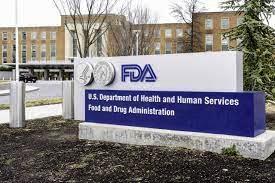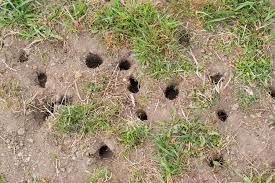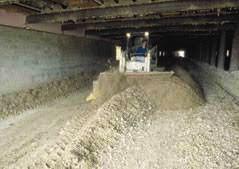 A recent warning letter addressed to an egg producer demonstrated areas of concern in implementation of the FDA Final Rule on Salmonella introduced in 2010.
A recent warning letter addressed to an egg producer demonstrated areas of concern in implementation of the FDA Final Rule on Salmonella introduced in 2010.
It is apparent from the October 5th 2023 communication that the farm in question housed flocks that were colonized with Salmonella Enteritidis (SE) with confirmed positives extending from 2019 onwards. The Food and Drug Administration (FDA)  conducted microbiological assays on the farm in April 2023 confirming the presence of SE. The FDA also isolated Salmonella Typhimurium from the processing plant during an October 2021 investigation that matched 26 clinical isolates, presuming pathogenicity. The assays also identified Salmonella Braenderup from the processing environment and from raw egg supplied to a breaker.
conducted microbiological assays on the farm in April 2023 confirming the presence of SE. The FDA also isolated Salmonella Typhimurium from the processing plant during an October 2021 investigation that matched 26 clinical isolates, presuming pathogenicity. The assays also identified Salmonella Braenderup from the processing environment and from raw egg supplied to a breaker.
FDA detailed violations of the Final Rule (21CFR 118) including: -
- An inadequate Salmonella Enteritidis prevention plan.
- Deficiencies in the farm biosecurity program intended to limit the possibility of inter-flock transfer on the farm.
- Deferred maintenance allowing entry of vermin into manure pits with the presence of a live fox and a cat during the inspection Deficiencies in rodent control were evident including monitoring and suppression.
- Inability to clean and disinfect housing following demonstration of SE infection of flocks including attempts at wet disinfection with residual manure still in houses.
- Failure to consistently implement appropriate cleaning and disinfection after previous confirmation of SE in flocks dating back to 2020.
- Neglect of housekeeping allowing accumulation of debris within a disused poultry building and accumulation of vegetation leading to rodent harborage and fly breeding.
 The violations enumerated by the FDA indicate areas of concern relating to food safety of eggs. Based on experience in auditing U.S. egg-production complexes the subject farm is certainly not representative of the industry. Since the advent of EQAPs during the early 2000s, the industry has undertaken extreme measures to suppress SE, extending from breeding flocks through pullet rearing and laying cycles. Although elimination of SE in old high-rise houses represents a challenge, it is evident that the industry has successfully controlled the infection by a combination of biosecurity and vaccination with appropriate monitoring. There have been no recorded outbreaks of SE among consumers attributed to consumption of eggs from farms complying with the Final Rule on Salmonella since 2010. It is unfortunate that some producers have not followed industry practices that effectively provide protection for flocks and consumers.
The violations enumerated by the FDA indicate areas of concern relating to food safety of eggs. Based on experience in auditing U.S. egg-production complexes the subject farm is certainly not representative of the industry. Since the advent of EQAPs during the early 2000s, the industry has undertaken extreme measures to suppress SE, extending from breeding flocks through pullet rearing and laying cycles. Although elimination of SE in old high-rise houses represents a challenge, it is evident that the industry has successfully controlled the infection by a combination of biosecurity and vaccination with appropriate monitoring. There have been no recorded outbreaks of SE among consumers attributed to consumption of eggs from farms complying with the Final Rule on Salmonella since 2010. It is unfortunate that some producers have not followed industry practices that effectively provide protection for flocks and consumers.